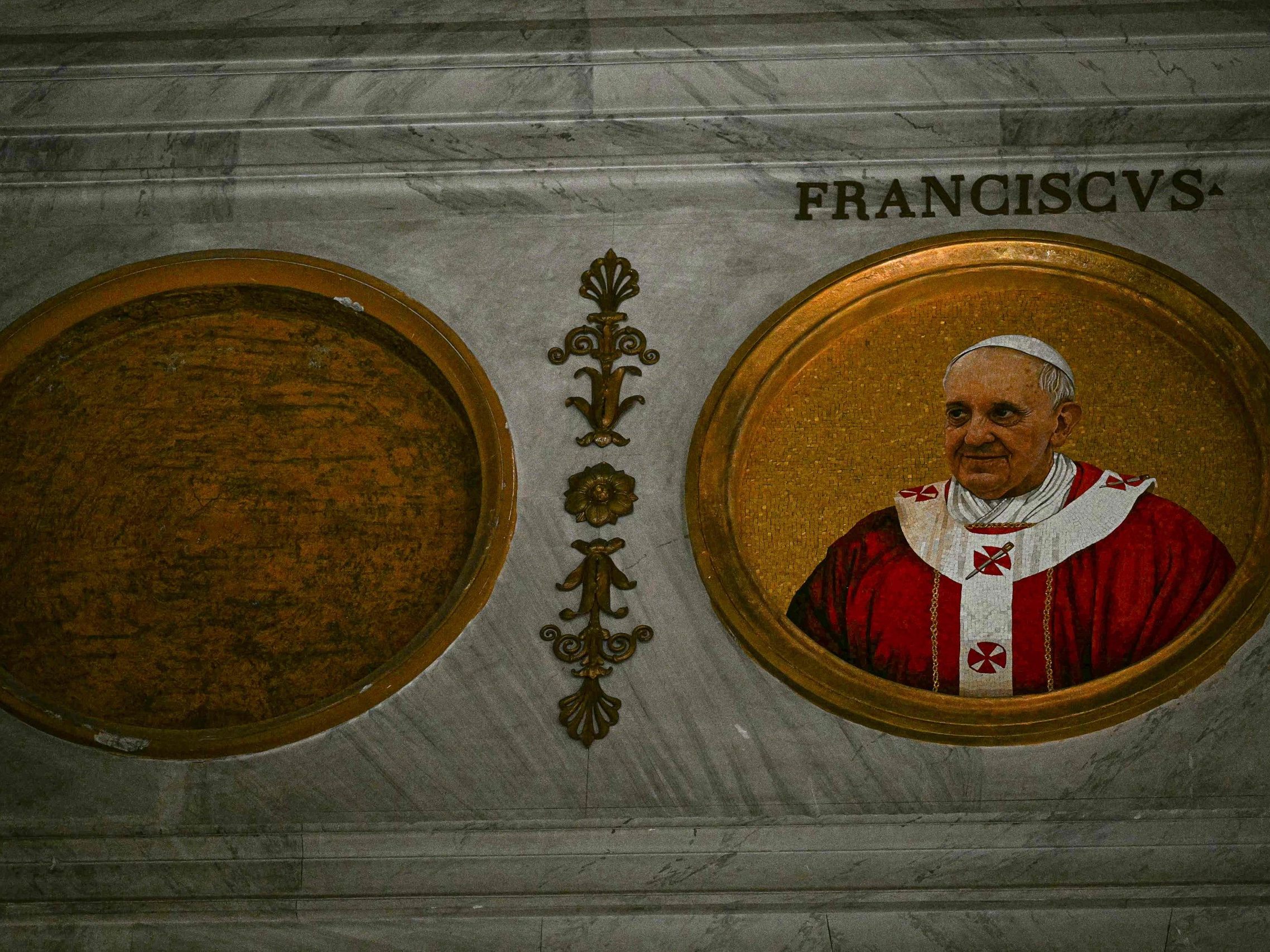Old Tradition with a Clear Message: Why New Popes Change Their Name

White smoke over St. Peter's Square unmistakably announces: The Chair of Peter is occupied again, a new pope has been elected. What name will he take? Because: Nomen est omen. The choice of the pope's name is a program. It gives an initial hint of the direction in which the new pope wants to steer the church.
Name Change is a Centuries-Old Ritual
The next pope can choose from 83 names that his predecessors have borne - or, like Francis, take a name that has never been used before. The frontrunners among papal names are "John" (23 times), "Gregory" (16), "Benedict" (16), "Clement" (14), "Innocent" (13), "Leo" (13), and "Pius" (12).
There is little doubt: The new pope will also give himself a new name - a tradition that has been part of the papal election for about 1,000 years, like Peter to Paul. To this day, there is an unwritten but always observed rule that certain names are considered taboo.
Certain Names are Taboo
This includes the names of the twelve apostles, the four evangelists, and Saint Joseph. Among the great founders of orders like Benedict, Dominic, Francis, or Ignatius, only the name Benedict has managed to secure a permanent place in the pool of papal names - until 2013 when Francis was added.
In fact, it was this taboo that led to the first name changes. Out of respect and reverence for the first pope, the apostle Peter, two of his later successors gave up their baptismal names. Bishop Peter of Pavia thus ascended the papal throne as John XIV (983-984), Bishop Peter of Albano as Sergius IV (1009-1012). Leading the Christian people with the name of a pagan god as pope also seemed inappropriate. Thus, the Roman Mercurius became Pope John II (533-535). He went down in history as the first pope to change his name.
Papal Names are No Coincidence - They Determine the Course of the Church
In the following centuries, other popes continued this example. In 955, Ottaviano, whose first name reminded of the first Roman emperor Octavian - Augustus, took the Petrine office as John XII. Bruno of Carinthia, the first German on the papal throne, found his baptismal name "too barbaric" and became Gregory V in 996.
Sergius IV. (1009-1012) left behind the nickname "Pig's Mouth" with his papal name, which he was known by among the people. From then on, it became the rule that every new pontiff would adopt a new name - with only three exceptions confirming it: Julius II. (1503-1513), Adrian VI. (1522-1523), and Marcellus II. (1555) retained their baptismal names.
Why the Name Change?
The early name changes were based less on personal preferences and more on respect for Christian tradition and the desire to leave behind worldly or pagan connotations. Later, church leaders wanted to show that there was a difference between their previous self and the official persona.
A significant turning point was set by the Patriarch of Venice, Albino Luciani, when he chose a double name as John Paul I in 1978. He consciously combined the legacy of his two predecessors, namely John XXIII and Paul VI, thus creating a novelty in the papal name repertoire. His successor adopted the papal name and reigned as John Paul II for 26 years, 5 months, and 17 days.
Surprise by Francis
In 2013, the Argentine Jorge Mario Bergoglio caused a surprise. Not only was he the first pope from the Jesuit order and the first pope from Latin America; he also took a name that truly no one expected: Francis.
The pope explained a few days after his election how it came about. The Brazilian Cardinal Claudio Hummes had told him: "Don't forget the poor!" This gave him the idea to name himself after Saint Francis of Assisi (1181/82-1226). The saint and patron of Italy lived in radical poverty to serve God and people.
Will there soon be a Francis II or rather a Benedict XVII? When white smoke rises over St. Peter's Square and shortly thereafter it is announced: "We have a pope," it will become clear which choice the new pope has made.
(APA/By Christiane Laudage/KAP/KNA)
This article has been automatically translated, read the original article here.





